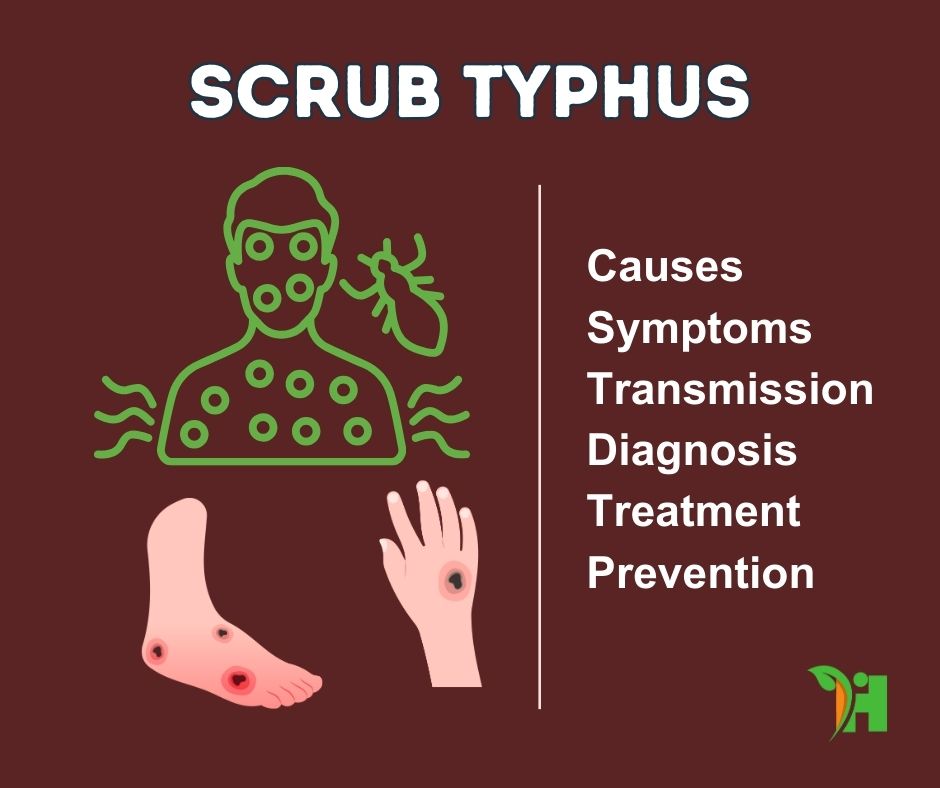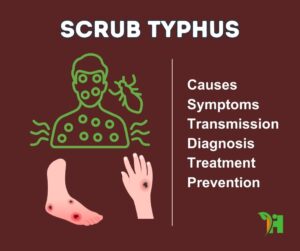Scrub typhus
Scrub typhus, also known as tsutsugamushi disease, is an infectious disease caused by the bacterium Orientia tsutsugamushi. This often-overlooked vector-borne illness has been a persistent threat to public health in many parts of Asia and the Western Pacific for decades. Although it is relatively unknown outside these regions, scrub typhus poses a significant health concern due to its potential for severe complications and its ability to thrive in rural and suburban environments. In this article, we will explore the various aspects of scrub typhus, including its causes, transmission, symptoms, diagnosis, treatment, prevention, and its current status as a global health issue.
Causes
Scrub typhus is caused by the bacterium Orientia tsutsugamushi, which belongs to the family Rickettsiaceae. It is an obligate intracellular parasite that primarily infects endothelial cells, causing damage to small blood vessels and various organ systems. This bacterium is transmitted to humans through the bite of infected larval mites, primarily from the genus Leptotrombidium.
Transmission
The primary mode of transmission of scrub typhus is through the bite of infected mites. These mites are commonly found in rural and forested areas, especially in regions with warm and humid climates. Humans can get infected when they come into contact with vegetation, soil, or water infested with these mites. It can also spread indirectly through the consumption of contaminated food and water, as well as through the handling of infected animal hosts, such as rodents.
Symptoms
The incubation period for scrub typhus typically ranges from 6 to 21 days after exposure to infected mites. The disease often presents with non-specific symptoms that can mimic other common febrile illnesses, making it challenging to diagnose. Common symptoms include:
- High fever
- Chills and sweating
- Headache
- Muscle aches and joint pain
- Enlarged lymph nodes
- Skin rash, typically on the trunk and limbs
- Eschar (a blackish scab-like lesion) at the site of the mite bite, which is a characteristic feature of scrub typhus
- Gastrointestinal symptoms, such as nausea, vomiting, and diarrhea
- Respiratory symptoms, including cough and difficulty breathing
In severe cases, it can lead to complications involving multiple organ systems, including the heart, lungs, liver, and brain. These complications can be life-threatening if not promptly treated.
Diagnosis
Diagnosing scrub typhus can be challenging due to its non-specific symptoms and the lack of reliable rapid diagnostic tests. Healthcare providers often rely on clinical evaluation and laboratory tests. Common diagnostic methods include:
Serological tests: Enzyme-linked immunosorbent assay (ELISA) and indirect immunofluorescence assay (IFA) can detect specific antibodies against Orientia tsutsugamushi in the patient’s blood.
Polymerase chain reaction (PCR): Molecular techniques can detect the DNA of the bacterium in blood, eschar, or other clinical specimens.
Immunohistochemistry: This method involves staining tissues to detect the presence of the bacterium in biopsy samples.
Treatment
Early diagnosis and prompt treatment are essential for managing scrub typhus effectively. The first-line treatment for scrub typhus is the antibiotic doxycycline. Other antibiotics, such as azithromycin or chloramphenicol, can be used if doxycycline is not suitable. Treatment duration usually lasts for 7 to 14 days, depending on the severity of the infection.
Patients with severe complications, such as acute respiratory distress syndrome (ARDS), organ failure, or central nervous system involvement, may require intensive care and supportive therapy.
Prevention
- Preventing scrub typhus primarily involves reducing exposure to mites in endemic areas. Some preventive measures include:
- Wearing protective clothing: Long-sleeved shirts, pants, and boots can reduce skin exposure to mites.
- Using insect repellent: Applying insect repellents on exposed skin can help prevent mite bites.
- Avoiding tall grass and vegetation: Staying away from areas with dense vegetation can reduce the risk of mite exposure.
- Conducting pest control: Reducing the rodent population in endemic areas can indirectly decrease mite infestations.
- Proper hygiene: Practicing good hygiene, such as washing hands and avoiding contaminated water, can prevent indirect transmission.
Global Health Concern
While scrub typhus has been relatively well-managed in some regions, it remains a significant public health concern in others. Factors such as climate change, urbanization, and increased travel and migration have contributed to the spread of scrub typhus to new areas. As a result, healthcare systems and professionals worldwide must remain vigilant and informed about the disease to ensure timely diagnosis and treatment.
Summary: Scrub typhus
It caused by the bacterium Orientia tsutsugamushi, is an emerging threat to public health in many parts of Asia and the Western Pacific. With its diverse clinical manifestations and challenges in diagnosis, early recognition and treatment are crucial. Understanding the causes, transmission, symptoms, diagnosis, treatment, and prevention of scrub typhus is essential for healthcare professionals and the general public in regions where the disease is endemic. Additionally, ongoing research and global collaboration are essential to combating this overlooked but potentially severe infectious disease.
Related Articles:
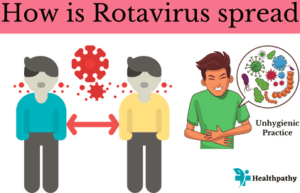
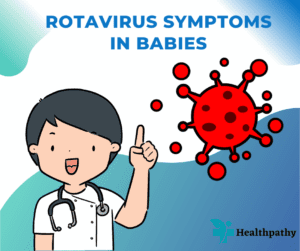
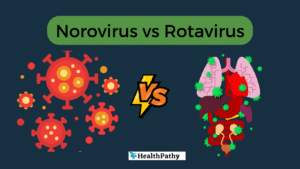
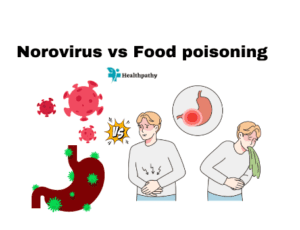
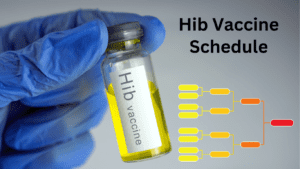
Follow us:Scrub typhus


